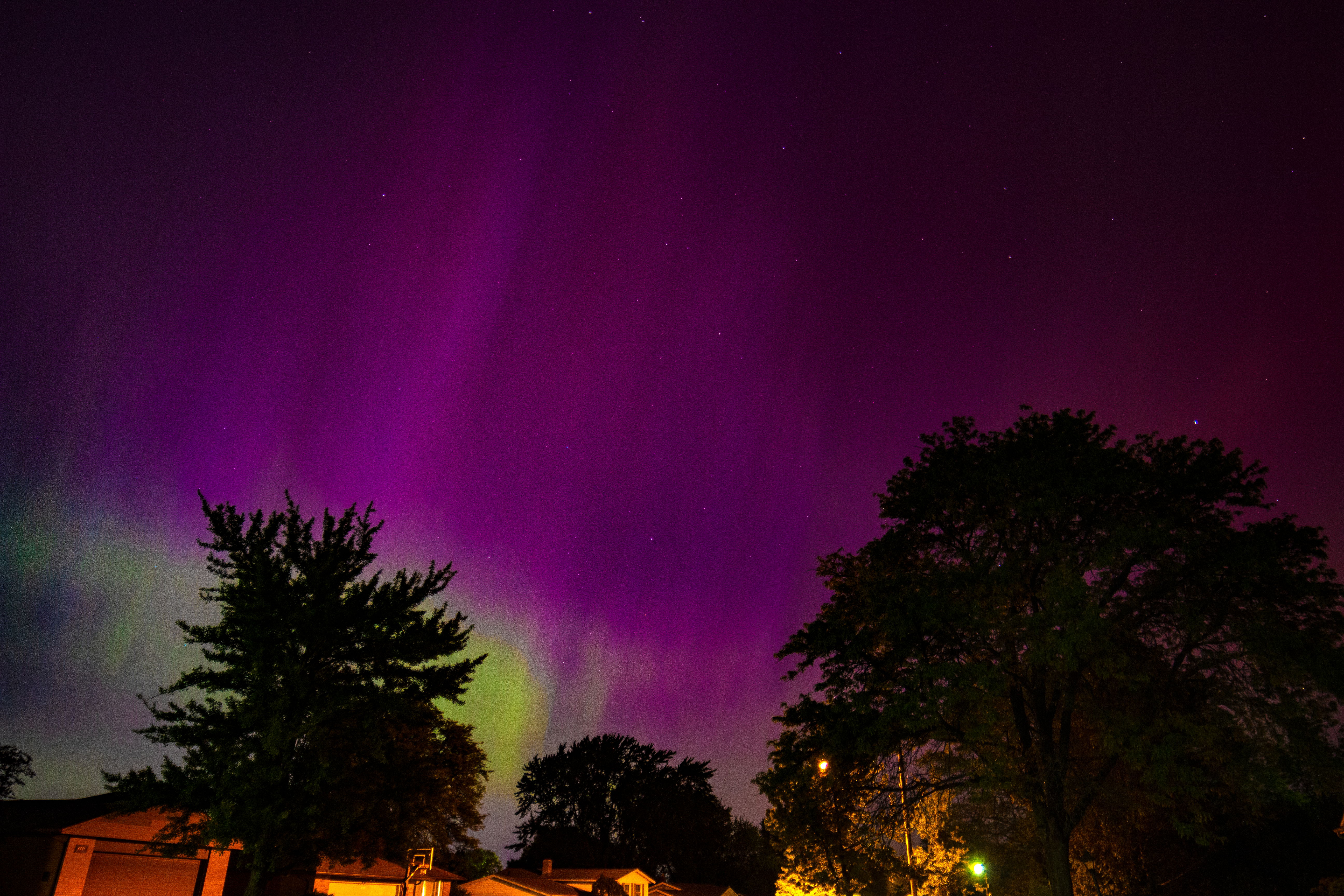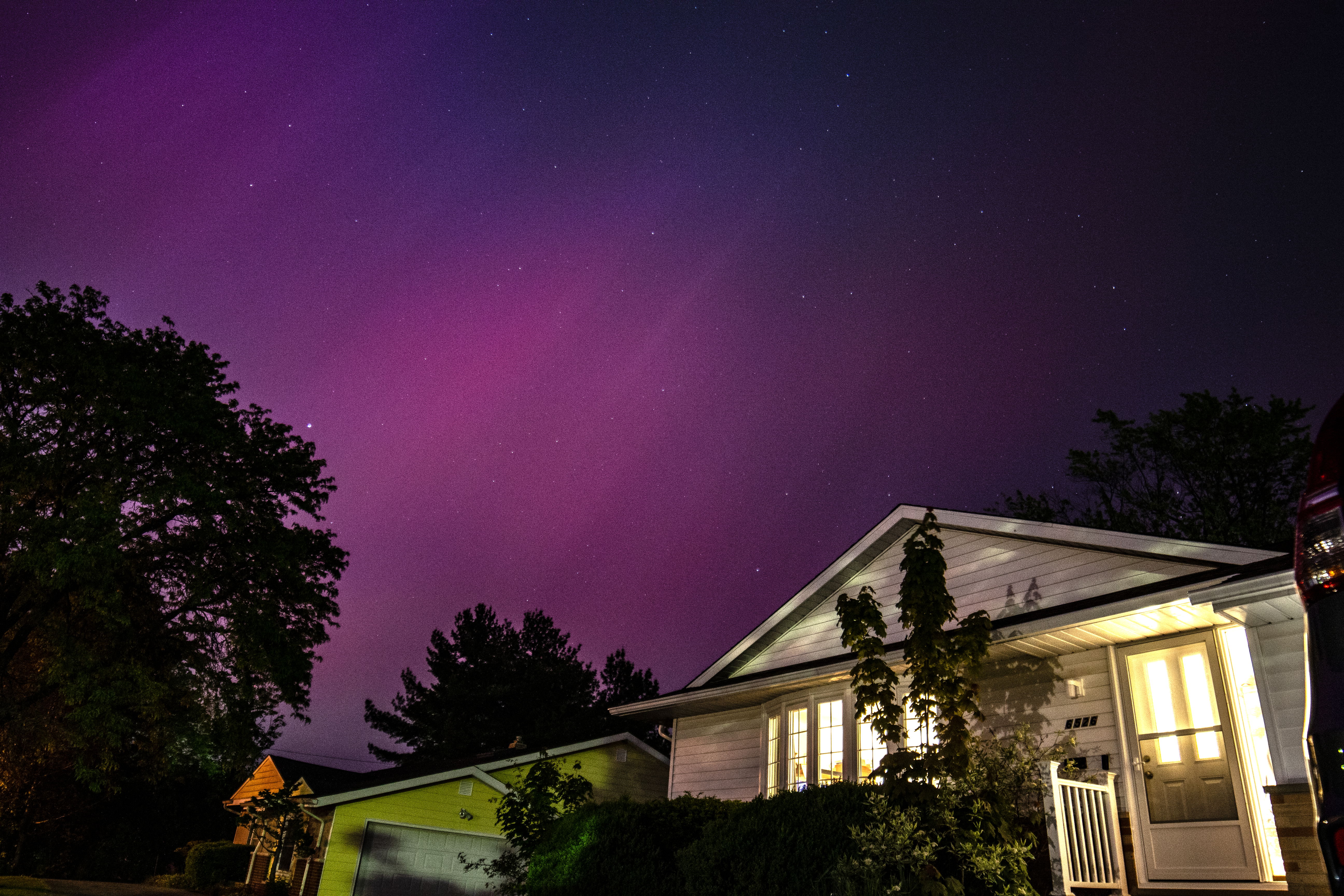Southern Skies Illuminated: Decoding the Science of Aurora Borealis
Southern Skies Illuminated: Decoding the Science of Aurora Borealis

The Aurora Borealis, also known as the Northern Lights, is a spectacular natural light display predominantly seen in high latitude regions around the Arctic. This phenomenon features beautifully shimmering waves of green, purple, blue, and sometimes red or yellow, dancing across the night sky. The science behind this stunning natural event combines atmospheric physics, Earth’s magnetism, and solar activity to create these ethereal lights.

The primary cause of the Aurora Borealis is the interaction between Earth’s magnetosphere and solar wind—a stream of charged particles (plasma) emitted by the sun. These charged particles are mostly electrons and protons that, when entering Earth's atmosphere, collide with gases like oxygen and nitrogen. This collision results in a stunning display of colored lights that we observe from the ground.

Understanding the formation of the Auroras begins with an awareness of the solar cycle. The sun goes through an 11-year cycle of solar activity, from solar minimum to solar maximum, affecting the frequency and intensity of solar winds. During solar maximum, more solar flares and coronal mass ejections occur, sending more charged particles towards Earth, resulting in more frequent and vivid auroral displays.
Key Components Influencing Aurora Displays

- Magnetosphere: Earth's magnetic field protects us from the solar wind. When solar particles hit, they travel along the magnetic field lines towards the poles, where they interact with the atmosphere.
- Solar Winds: These are the continuous flow of charged particles from the sun that bring energy into Earth’s atmosphere. Their strength and frequency can affect the visibility and intensity of auroras.
- Atmospheric Gases: Different gases in the atmosphere glow differently when struck by charged particles. For instance, oxygen produces green and red auroras, while nitrogen gives off blue and purple hues.

The best places to view the Aurora Borealis are the polar regions, typically within the Arctic Circle, encompassing destinations such as northern Norway, Sweden, Finland, Canada, Alaska, and Russia. During strong solar events, the lights can be seen at lower latitudes, but these occurrences are rare and unpredictable. The ideal conditions for viewing auroras include dark and clear nights away from city lights, from late autumn to early spring.

Connections to Cultural Heritage and Mythology

Across different cultures, particularly those native to regions frequently experiencing auroral displays, the Aurora Borealis holds significant mythological and cultural importance. For instance, many indigenous communities in Alaska and northeastern Canada view the northern lights as the spirits of their ancestors dancing in the sky. Such cultural narratives highlight the human connection to this natural phenomenon, adding layers of meaning and reverence that go beyond the scientific understanding of the lights.

In conclusion, the Aurora Borealis is not only a stunning celestial display but also a complex interaction of Earth’s magnetosphere with solar wind, influenced by the solar activity cycle. This fascinating interplay of natural forces offers opportunities not only for scientific study but also for cultural and artistic inspiration. As our understanding of the auroras increases with ongoing research, so too does our appreciation for one of Earth’s most incredible natural spectacles.

Understanding and appreciating the Aurora Borealis involves more than just marveling at their beauty. By delving into the science that underpins auroras, we unlock a deeper appreciation for one of nature's most magnificent art shows. Despite the challenges of capturing and predicting this elusive phenomenon, dedicated observation and advanced technology continue to unveil the many secrets of the auroral lights, offering insights not only into our planet's capabilities but its delicate relationship with the sun.